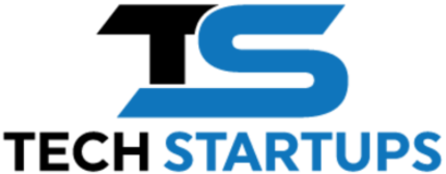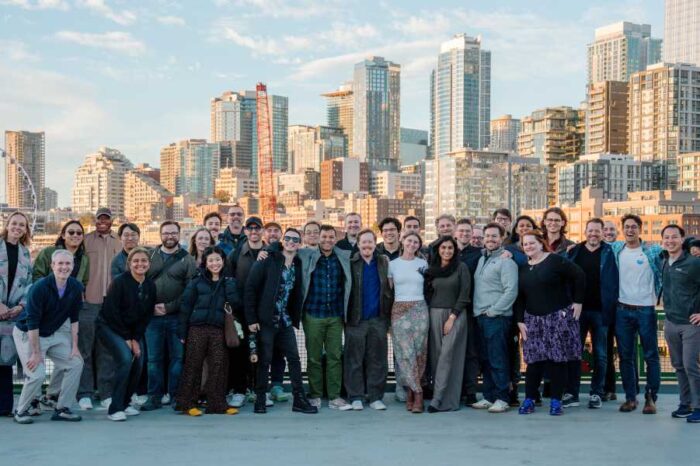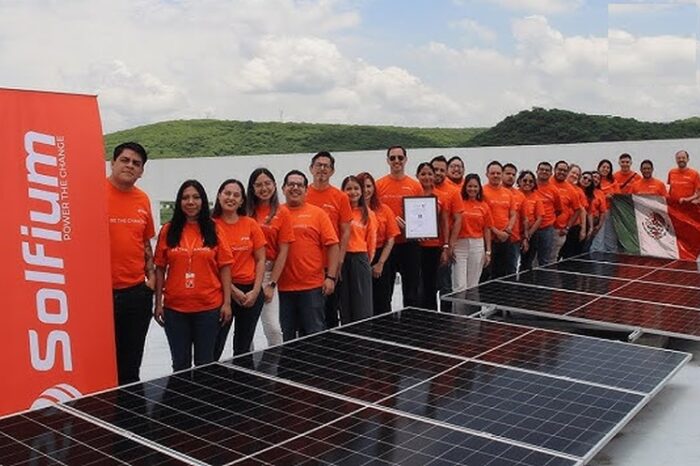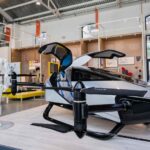Xpeng to launch robotaxi fleet and humanoid robot in 2026 with own AI chips, in a challenge to Tesla’s AI mobility lead
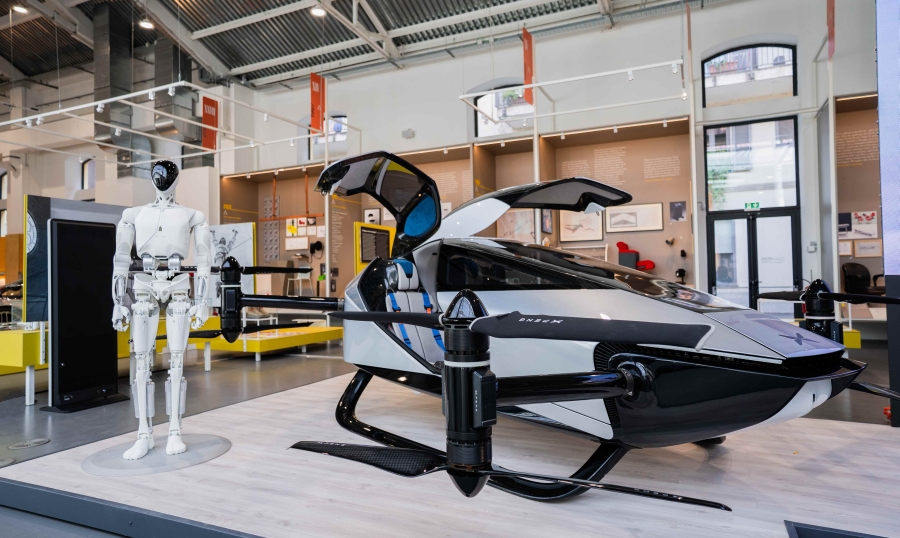
Chinese electric vehicle maker Xpeng is pushing deeper into artificial intelligence, announcing plans to launch a robotaxi fleet and humanoid robot in 2026—a bold move that puts the Guangzhou-based company on a collision course with Tesla.
At its headquarters in southern China, Xpeng revealed that its robotaxi service will run on Alibaba’s Amap, the country’s dominant mapping and navigation app. Users will be able to hail self-driving taxis directly through Amap, signaling a step closer to mass-market autonomous mobility. The partnership is a reunion of sorts for Xpeng founder and CEO He Xiaopeng, who sold his earlier startup UCWeb to Alibaba before leaving the company in 2017.
At its AI Day event in Guangzhou, Xpeng showcased the full scope of its ambition — a shift from being a pure EV maker to building what CEO He Xiaopeng described as an “AI-driven mobility ecosystem.” The presentation featured three robotaxi models, an upgraded humanoid robot, and a preview of the company’s upcoming flying cars, underscoring how Xpeng aims to compete head-on with Tesla’s own bets in autonomous vehicles and robotics, South China Morning Post reported.
“What we are pursuing from a tech and product perspective, there are some similarities with Tesla…There are some areas that we probably started earlier than Tesla,” Gu said, referring to flying cars and humanoid robots.
He said the company’s driverless cars can already handle narrow streets and complex traffic thanks to Xpeng’s new Vision-Language-Action (VLA) model—a second-generation AI system trained to make decisions directly from visual inputs rather than descriptive data. In a test comparing the system to Tesla’s Full Self-Driving (FSD) software, He said Tesla’s car required seven human interventions in 54 minutes, while Xpeng’s completed the same route with only one in 49 minutes.
From EVs to AI Empires: Inside Xpeng’s Push Into Robotaxis, Humanoid Robots, and Flying Cars as It Races Tesla
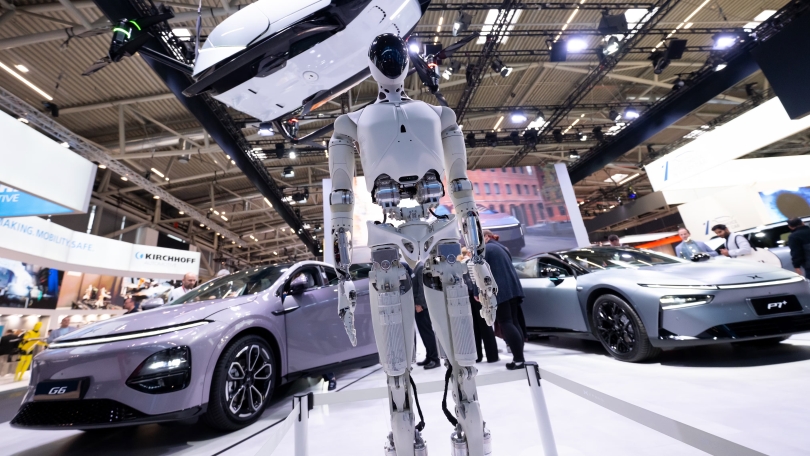
The company plans to roll out three robotaxi models, priced under 200,000 yuan (about $28,000), with seating for five, six, or seven passengers. Each vehicle will be powered by four of Xpeng’s self-developed Turing AI chips, which the company claims deliver some of the highest in-car computing power in the industry. Safety redundancies will be built into nearly every system—computing, braking, steering, and communications—aimed at boosting public confidence in the rollout.
Beyond robotaxis, Xpeng is introducing its Iron humanoid robot, now upgraded with improved dialogue, movement, and interactive capabilities. The robot runs on three of Xpeng’s Turing chips and will initially serve as a tour guide and office assistant before broader applications are explored. The company expects to mass-produce 1,000 units in 2026.
Xpeng’s ambitions don’t stop there. The company also plans to begin mass production of its flying car, the Aridge Land Aircraft Carrier, in 2026, with a goal of 10,000 units. An upgraded version of its A868 flying car was teased as well, featuring a range of over 500 kilometers, top speeds beyond 360 km/h, and more than two hours of flight time.
He Xiaopeng described the company’s AI strategy as a turning point, saying “pioneer users” will get early access to VLA by the end of this year, with full system upgrades for Xpeng’s Ultra edition vehicles coming in early 2026. The VLA model will also be used in Volkswagen’s new vehicle lineup, part of a growing partnership between the two automakers.
According to a related report from CNBC, co-President Brian Gu said the company’s renewed push into autonomous driving marks a shift in confidence. Earlier this year, he had cautioned that robotaxis weren’t a viable business in the near term. “The tech is happening faster than we anticipated,” he told reporters. “AI developments and the surge in computing power give us the confidence that we’re near the inflection point.”
Xpeng’s trajectory mirrors that of Tesla, which is simultaneously developing its robotaxi program and Optimus humanoid robot. But Gu believes Xpeng’s quieter, technology-first approach may pay off. “There are some areas we started earlier than Tesla,” he said, citing the company’s work in flying cars and robotics.
Whether Xpeng can turn those bets into profit remains to be seen, but the 2026 lineup—robotaxis, humanoid robots, and flying cars—marks one of the most ambitious AI-driven expansions by a Chinese automaker to date. It’s a clear signal that Tesla’s lead in AI mobility is no longer going unchallenged.
Below is a video of XPENG IRON in action.
When the XPENG IRON gracefully approaches you, @Tesla_Optimus how will you greet her? pic.twitter.com/37a7mB4rKy
— CyberRobo (@CyberRobooo) November 5, 2025
